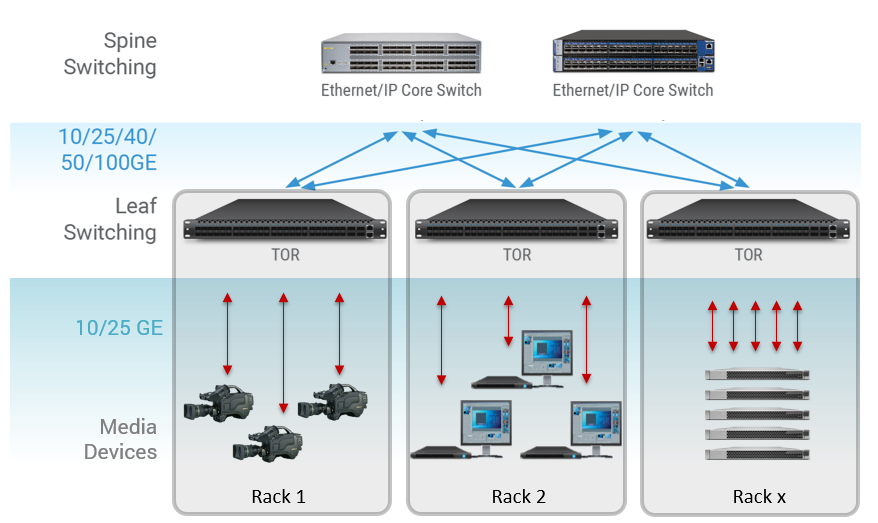


Therefore, a new network topology architecture - Leaf-spine structure is born in data center. East-west traffic has gradually become the mainstream mode in data centers. However, with the rapid growth of new applications and data volume, the scale of data centers keeps expanding, and the requirements for network architecture are also increasing.

The traditional data center computing network consists of an access layer, an aggregation layer, and a core layer, with north-south traffic as the mainstay.Traditional network structures have supported various types of data centers for a long time. The leaf layer includes Layer 2 switches (leaf switches) for connecting servers and storage devices the spine layer includes Layer 3 switches (spine switches) for routing and forwarding, which is the backbone of the network. L eaf-spine network architecture is composed of a leaf layer and a spine layer.


 0 kommentar(er)
0 kommentar(er)
